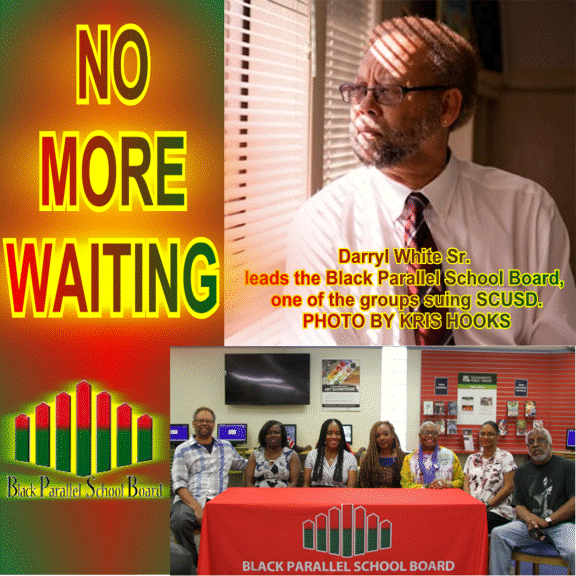No Pineapple left Behind – the Consolation of Satire and Video Games
Q: What’s the difference between a pineapple and a human child?
A: Pineapples are more profitable.
Let’s face it – kids have.. yuck … needs! Maslow even came up with a hierarchy of needs that must be met before you can get the little tykes to do anything. Physical well-being, safety, emotional… Argh! It’s just so much work!
Pineapples, however, are money-makers from the get go.
Chop them up, and you’ve got a tropical fruit salad.
Juice them, and you can make about a hundred different premium cocktails.
Heck! Just plop one in a hat and you’ve got an island-themed mascot!
But kids!? You can’t even get them to take a lucrative standardized test without… bleugh … educating them first.
Imagine if you could make pineapples take tests and get grades instead. Schooling would be like a gardening contest. Who has the best recipe for success? There would be no intangibles like the effects of poverty, home-life, special needs. It would all be CONTINUE READING: No Pineapple left Behind – the Consolation of Satire and Video Games | gadflyonthewallblog




























